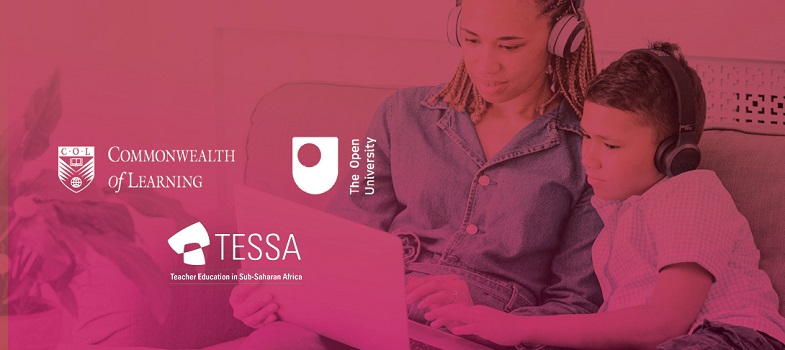Week 4: Working with communities, families and stakeholders
2. Creating community connections
2.3. Listening to the experiences of children
Children are experts on their own experiences, but they are not often consulted directly, perhaps because they do not have much power. They are beneficiaries of a good school, but also active participants. In this section you will think about ways to find out about children’s experiences through observation and by asking them directly. This adds to the story because the information is from the child not just about them.
School record keeping and information on children with disabilities can help all teachers adapt their lessons and help the school to plan for extra support. Mariga, McKonkey and Myezwa (2014) suggest that firstly teachers and support teams should make a general assessment of these key areas to identify where a child might need help.
Another way of collecting information is by observing the child during the school day, talking to their caregivers about what they find difficult and asking the child themselves if there is something they would like more help with. The United Nations Convention on the Rights of the Child emphasises the importance of including children in decision making about their lives.
Article 12: every child has the right to express their views, feelings and wishes in all matters affecting them, and to have their views considered and taken seriously. This right applies at all times, for example during immigration proceedings, housing decisions or the child’s day-to-day home life. (UNICEF 2020)
In a school with an inclusive ethos and culture children can be consulted through asking them about their likes and dislikes for learning and support. Young children or those with communication difficulties can share their ideas in drawings. All children can be asked to share their self-assessment of how they have managed with tasks. This could be by marking or giving verbal feedback on their own and others’ work. They could use a smiley face or thumbs up hand gesture to show when they feel they have done well, a neutral face picture, or wavey hand to indicate ‘okay’ and a thumbs down or sad face for when work was hard.
😊 😐 😢
|
Reflection point Internationally there is a considerable amount of literature on what has become known as ‘student voice’. This describes formal structures such as school councils. But there are also informal ways to find out what students think about being at school. Think about a school that you are familiar with – somewhere where you work, or have worked in the past. What did the students think about your school? Your subject? How did you know, or how could you have found out? |
Activity 4.3 Consulting studentsAllow 20 mins for this activity Read this account of an outside organisation working to give girls’ a voice: Why are direct words from children powerful? Make notes on the challenges around collecting the views of children in your context. Optional readings: The blog post above has links to related posts. Choose one or more that looks interesting in the context of your role and read them. |
